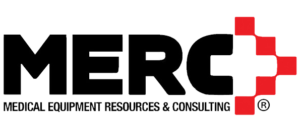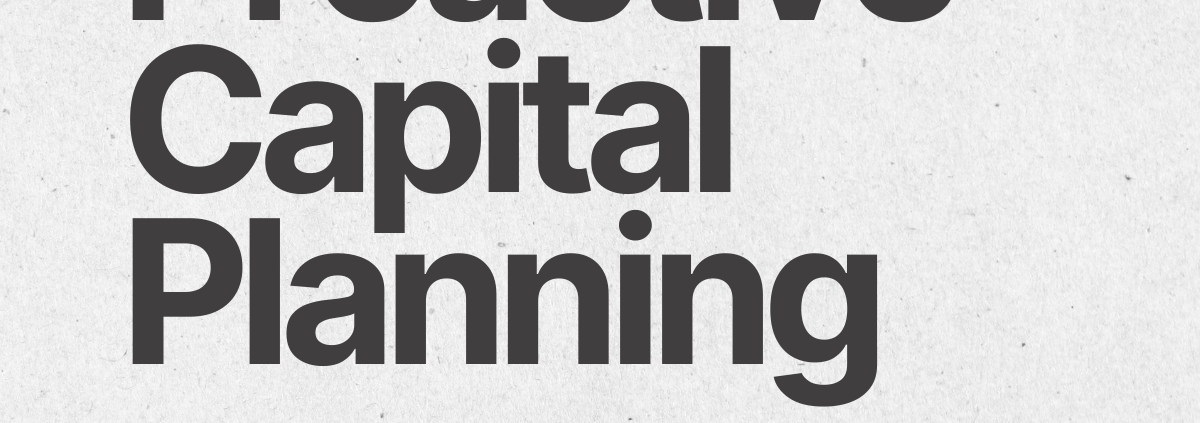Proactive Capital Planning

What is the difference between proactive and reactive? Let’s look at the definitions provided by Google dictionary:
Proactive:
adjective
- (of a person, policy, or action) creating or controlling a situation by causing something to happen rather than responding to it after it has happened.
Reactive:
adjective
- acting in response to a situation rather than creating or controlling it.
When we think about capital planning for medical equipment, which seems to be the approach that would save you the most money? Correct, proactive.
Proactive capital planning is something we preach from the rooftops to our customers and connections. Understanding both what you have and both the value and lifespan in your inventory of assets is step one. From there, you strategically move into planning–planning for effective budgeting and forecasting for buying and replacement efforts. This proactive approach enables you to leverage buying decisions on your timeline and drive value back into your organization’s bottom line.
A reactive approach puts you behind the eight ball. Let’s go back to cars as an example because I like them. If you had a car that needed to be replaced, but you effectively saved, planned, and forecasted for the right time to replace it, you then have maximized value. If you wait until it has catastrophic failure without those steps, who holds the
power in replacement? The dealer or person you are buying the next car from. Why? You need their car. Don’t let your medical equipment purchases follow this same chain of events.
If you’d like to learn more about getting a good view of your medical equipment assets and the steps to proactive planning, we’d enjoy having the discussion with you. The goal is saving your facility money so you can deliver the most value and service to your customer, the patient.


